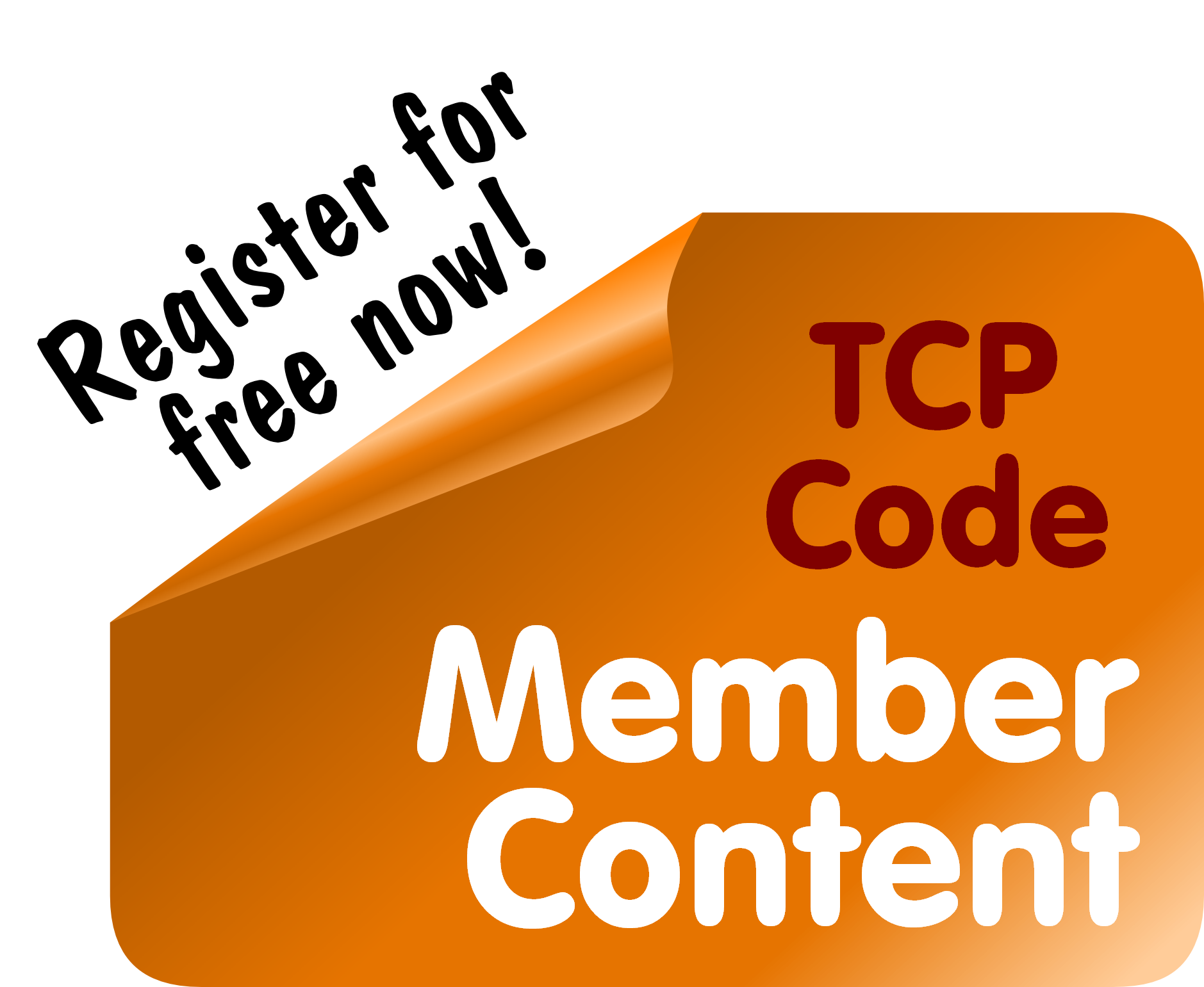 There’s a time-honoured tradition in telco retailing: if you need a legal document, copy one from somebody else’s website. It’s never the right thing to do but, as a way to create a Critical Information Summary under the TCP Code, it’s particularly unwise.
There’s a time-honoured tradition in telco retailing: if you need a legal document, copy one from somebody else’s website. It’s never the right thing to do but, as a way to create a Critical Information Summary under the TCP Code, it’s particularly unwise.
Here’s why …
First, you can’t assume the other company has it right
In a nutshell, we see far more telco legal documents that get the law wrong than get it right. Even some of the largest service providers make serious mistakes. Copying from a broken document will give you nothing but another broken document.
A while ago, we surveyed CIS statements that were already on issue, and found that most of them plainly breached the Australian Consumer Law. So taking any of those as a good model would have been a serious mistake.
Second, a CIS might be right for their product but not right for yours
There are many subtleties in the CIS rules. Sometimes, certain details can be omitted (for good reason) in the case of one plan, but are required in the case of a subtly different plan. If you just work by copying others’ documents, you’ll have no idea that there is something completely missing, that wasn’t a problem for them but is for you.
Third, errors creep in, and get worse, through generations of a document
You know the old Chinese whispers game. A gives a message to B, who passes it on to C, and from there to D and E. Each reiteration is imperfect and by the time A and E compare versions, they are wildly different.
That’s how it goes if A produces a document, and B tries to use it for their purposes, and tweaks it again for a later need, and then C picks it up for another product. Before long, what might have started as a strong legal document turns to trash.
So what’s the right way to develop or check a Critical Information Summary?
 Always use the rules in the TCP Code as your basis for each Critical Information Summary. They are the law. They are the gold standard. Prepare your document in conformity with them, not someone else’s approximation.
Always use the rules in the TCP Code as your basis for each Critical Information Summary. They are the law. They are the gold standard. Prepare your document in conformity with them, not someone else’s approximation.
Whenever we are asked to legal a document that’s regulated by a Code or Act of Parliament or Industry Standard or Regulations, we have the law on one monitor and the document on the other. Every document gets compared to the gold standard, not to some other document that was OK last time we used it.
When we write or legal a Critical Information Summary, we use our one page guide as a checklist, since it captures all the Code rules. We can rapidly see what’s right and what’s wrong in a client’s version.
Does that mean you shouldn’t look at other companies’ CISs?
No, it’s great to look at how others are doing it. You’ll get a lot of good ideas about language and layout and style. And you’ll see a lot of things to avoid, too. But don’t assume they cover all the legal bases or are exactly suitable for your plans. Only the TCP Code rules … the gold standard … are a safe basis for preparing or checking your own Critical Information Summary.
[wp_eStore_fancy2 id=10]
[wp_eStore_cart_fancy1_when_not_empty]


